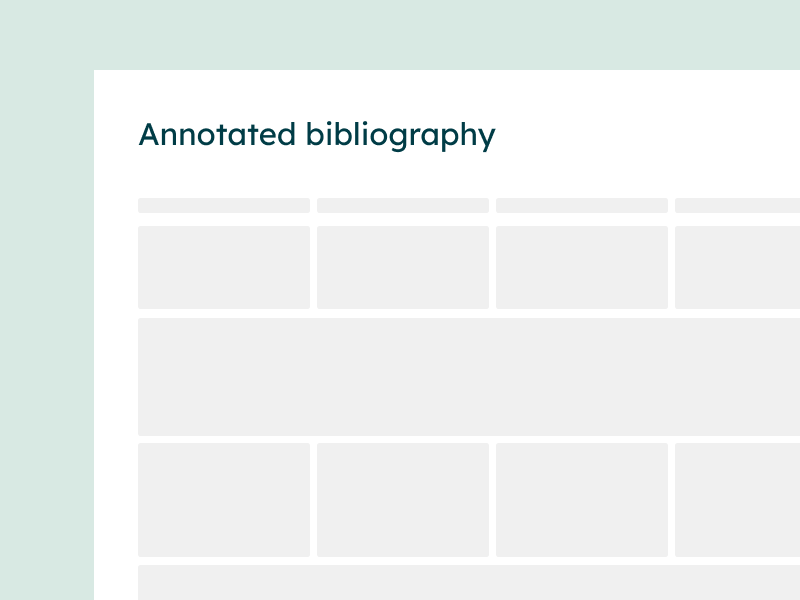Academic writing is a particular type of writing that is commonly used both in the classroom and, later on, in writing academic papers and articles. It’s the style of nearly every academic work, from the first research essay to a doctoral dissertation.
However, at the end of the day, it’s just one particular type of writing. Students, even if they don’t realize it, often engage in several or even dozens of different types of writing over the course of a single day. A text message sent to a friend, a job application, a short answer on a test and social media posts are all different kinds of writing. Each has their own rules, formats, and patterns.
Academic writing isn’t even the only kind of writing taught in school. Take a legal course and you may be introduced to legal writing; creative writing classes teach a wide variety of writing approaches and most English Language Arts classes introduce students to an array of different styles.
That said, there’s one type of writing that can be exceptionally useful to learn that often gets overlooked: journalism. The reason for this is simple: journalism is a writing style that specializes in clarity, conciseness, and accuracy.
Most of all though, it can help students think about their writing in a different way and help improve not just academic writing, but other types of writing as well.
Here are just a few ways that journalism writing can help students improve their writing.
1: Writing an IntroductionWith journalism writing, the intro paragraph, or the lede, is easily the most important paragraph in the article. The lede has multiple functions including enticing the reader to continue but to also convey all of the important information in the article itself.
A good news lede typically aims to answer six questions: Who? What? When? Where? Why? How? In short, Who did the thing? What did they do? When did it happen? Where did they do it? Why did they do it? How did it happen?
By focusing on those six questions, a journalist is able to both give a great overview of the story, imparting all of the most important information, while also encouraging the reader to continue with the story to get more details.
Even when such an explanatory intro isn’t appropriate, journalism heavily favors short and engaging ledes that hook the reader. To that end, writing an intro to a paper is definitely an art form and one that’s well studied in journalism classes.
2: OrganizationThe “five-paragraph essay” is still often taught as the structure of choice for short academic essays. While it’s a great format for many papers, it still leaves a great deal open in terms of how to present the core information.
Journalists are often taught to use the inverted pyramid, a very simple writing structure where the most important information is placed at the top with facts getting gradually less important and more detailed as the piece goes on.
The benefit of this structure, originally, was that news stories could be trivially cut from the bottom. If a reporter handed it a 500-word story that had to be reduced to 300 words for publication, it was trivial to remove the last paragraphs. This also meant that, if a story were cut off mid-transmission from the field, the paper would still have the most important parts.
In 2019, with digital publishing and reliable communications, these are non-issues; however, people still stop reading articles partway through and an inverted pyramid ensures that no matter when the reader does walk away, they are as informed as possible.
This structure also works well in many academic papers. Academic authors face many of the same challenges in journalists and this approach allows them to impart as much information as quickly as possible.
3: Clarity and BrevityJournalism writing puts a heavy focus on clarity and brevity. To a journalist, it is not adequate to write so that you can be understood. Instead, you have to write so that you cannot be misunderstood.
Journalism classes teach students to look at their writing from multiple perspectives, including those of different backgrounds and understandings of the issue. They then focus on finding a way to convey the same information to everyone in the audience.
One of the tools for doing that is a focus on brevity. Journalism writing is best when it is only as long as necessary. While this can be a problem for students, who are often working to meet a page or word count requirement, it can also help focus one’s writing.
Many students struggle with trying to focus their writing and journalism can help provide that. After all, when students have to cover a complicated news story in under 500 words, it helps teach the importance of both brevity and leaving out unneeded information.
ConclusionThe plain truth is this: While all writing styles have separate requirements and goals, they are each useful when learning to write in different ways. Students can and should be experimenting with and learning as many different writing styles as possible. This makes them not just better academic authors, but better writers and communicators all around.
Despite this, when talking about the kinds of writing to have students learn, journalism often gets overlooked. For many students, unless they take specific journalism classes, they never learn even the fundamentals of it, which is a shame because journalism is a very practical form of writing. Born from a need for brevity and clarity, it’s a skill many students can benefit from, regardless of what their eventual career may be.




